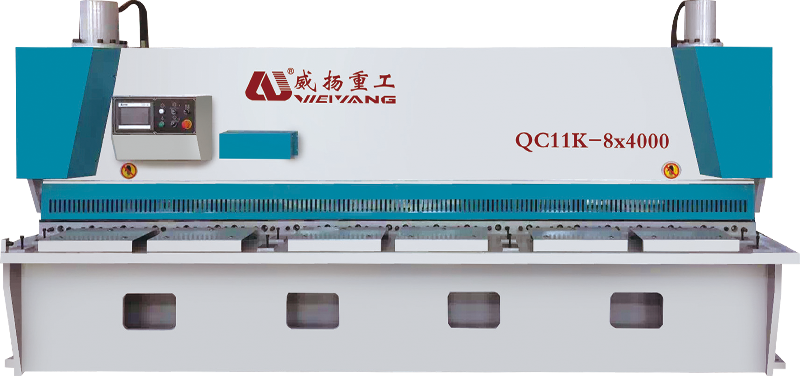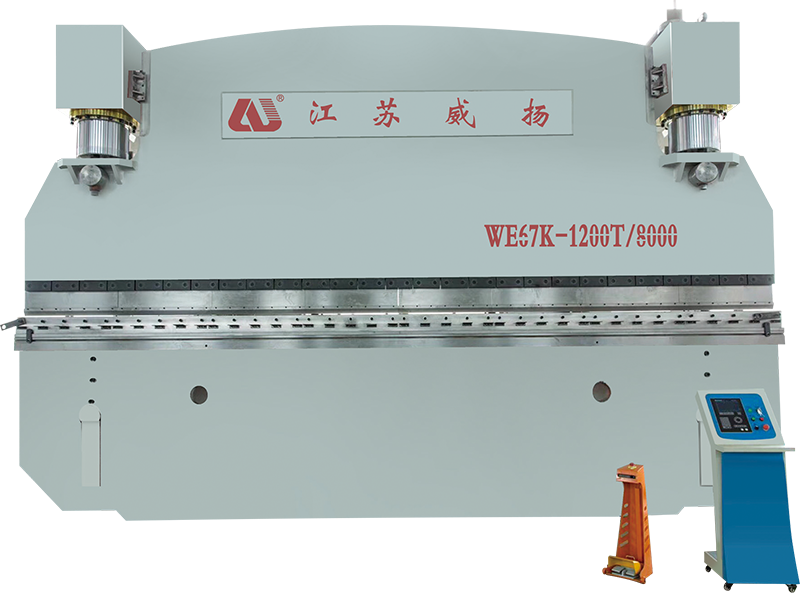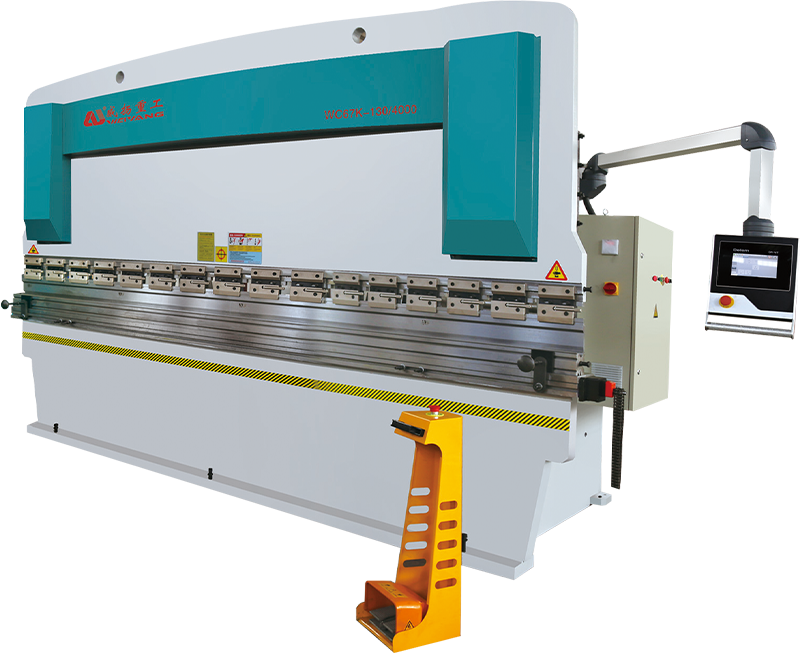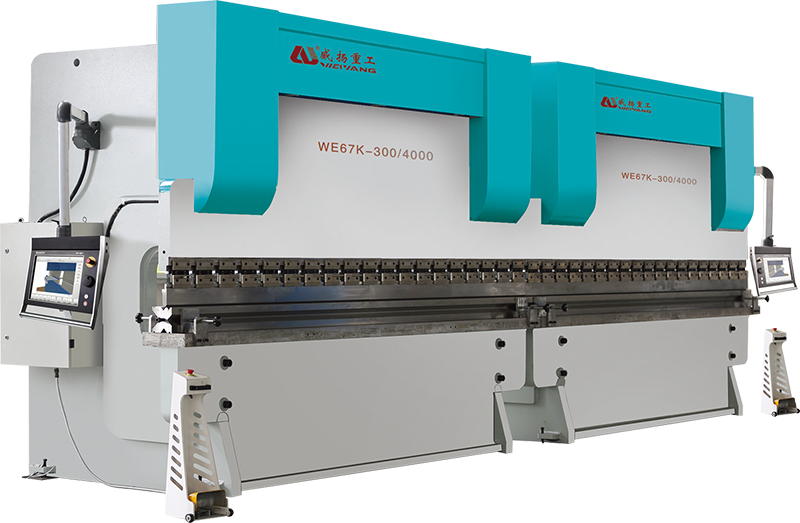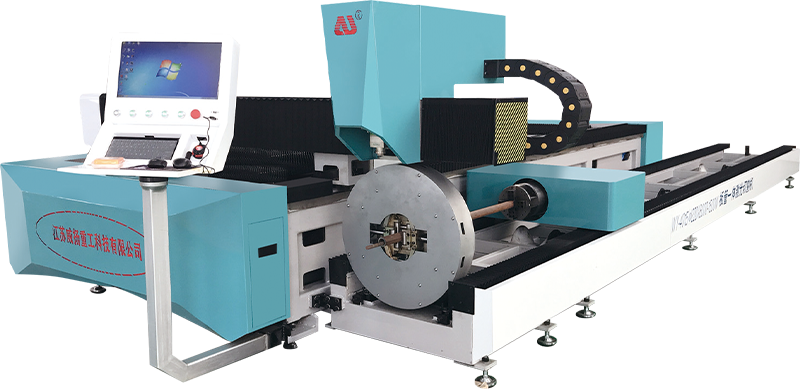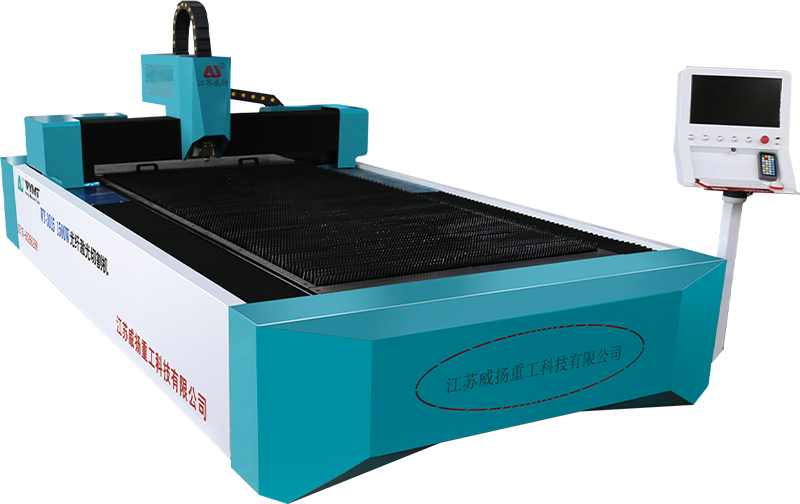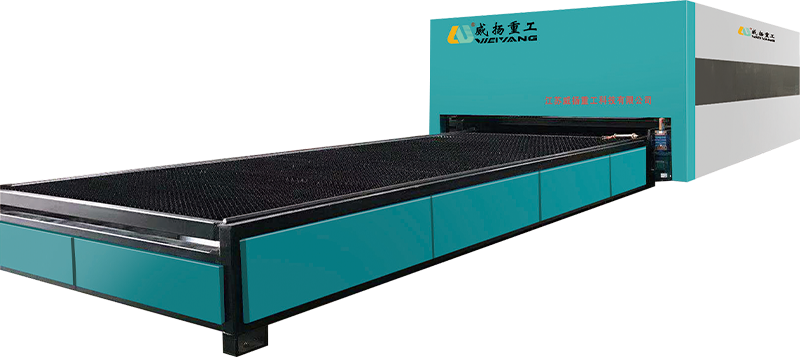How does the Double Machine Linkage Bending Machine minimize the risk of material deformation or damage during the bending process?
The Dual-Arm Synchronization feature of the Double Machine Linkage Bending Machine is one of its most distinguishing characteristics. This design ensures that two independent bending arms operate in perfect harmony during the bending process. By synchronizing the movement of both arms, the machine ensures that the bending force is applied symmetrically across the material, minimizing the risk of uneven force distribution. Uneven distribution of forces can lead to warping, twisting, or angular distortion of the workpiece. This synchronized motion helps maintain a more balanced application of pressure, reducing the chances of deforming the material during the bending operation.
The Double Machine Linkage Bending Machine uses highly sophisticated control systems, typically CNC (Computer Numerical Control) or servo-driven, to precisely manage the bending force applied to the material. With these systems, the machine can adjust the force dynamically according to the material’s thickness, hardness, and desired bend radius. Excessive bending force can cause fractures, cracks, or strain hardening, especially in brittle materials, while too little force may result in incomplete bends. The machine’s ability to apply the optimal force at each stage of the process ensures high precision and avoids material damage. The force feedback allows the machine to make real-time adjustments, preventing overloading and protecting the material from unnecessary stress.
The Double Machine Linkage Bending Machine often incorporates pre-bending and post-bending adjustment features that are crucial for managing material deformation. Before the bending operation begins, the machine can make fine adjustments to the position of the material to ensure that it is properly aligned and centered. This helps avoid problems like skewing or uneven bending which can lead to defects. Post-bending, the machine may also employ systems that can fine-tune the angle of the bend, ensuring it meets the specified tolerance without over-stretching or compressing the material. These adjustments help ensure a smooth and uniform bend, reducing the likelihood of permanent deformation or damage to the material.
The bending radius is a critical factor in the bending process, especially for brittle or high-strength materials that are more prone to cracking. The machine that provides an optimized bending radius ensures that the material is bent within the material’s elastic limits. The Double Machine Linkage Bending Machine comes equipped with software that can calculate the ideal bending radius based on the material specifications, such as thickness and hardness. By maintaining an optimal bend radius, the machine prevents stress concentrations at the bend site, which can otherwise lead to cracking or rupturing. This is particularly important when working with materials like stainless steel or high-strength alloys, which can be more prone to surface imperfections and fractures when bent improperly.
To achieve optimal results and avoid damage, the Double Machine Linkage Bending Machine often allows for material-specific programming. This means the machine can be programmed to adapt its bending parameters to suit the characteristics of the material being processed. Materials such as aluminum, stainless steel, and mild steel require different bending approaches, particularly when considering factors like ductility and hardness. The ability to adjust for material-specific variables ensures that the force, speed, and angle of the bend are appropriate, reducing the risk of over-straining or under-bending the material. This also enhances the quality and consistency of the bends, ensuring that the material is not subjected to unnecessary stress that could lead to cracking, warping, or failure.






